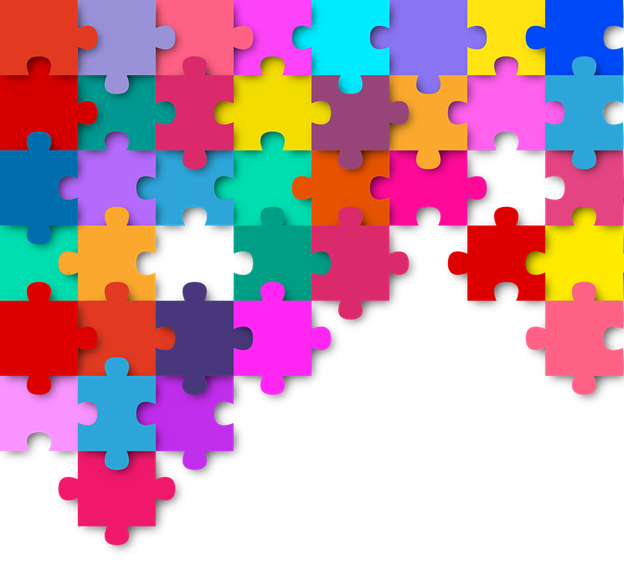Using Colors to Increase Conversions
This is an article “Using Colors to Increase Conversions” by Marc Warren
Colors make everything pleasing. When colors catch our eyes, we instantly feel something and messages are more effectively processed in that part of our brain called the hypothalamus, which then allows us to receive signals that can influence our thoughts. In other words, colors have their own place in how we communicate.

In design and marketing, simply adjusting hues in your ads can drastically improve your sales up to 24%. There is no doubt that color psychology plays a vital role in making a brand or product a top choice among its competitors. But how can colors increase your conversion rate online? It all boils down to how you choose and use them.
In order to understand the use of colors, particularly in the aspect of converting your target market to consumers, here are some great tips to help you boost your marketing strategies through the use of colors.
Use colors appropriately
Since color can be found everywhere, you should carefully analyze where to put which in terms of design in marketing. For now, we’ll discuss the use of colors in websites which covers hero graphics, headlines, borders, backgrounds, and the like.
Hero graphics are those introductory designs we see on websites usually made up of a huge banner image and minimal copy. Applying appealing colors to your hero graphics that go well with your brand and logo key visuals is important as they are usually the first thing visitors see on your website. The same goes for your headlines, borders, backgrounds and other such site features which should all remain consistent to your color scheme.
Take note of these fascinating color insights by gender
Women prefer cooler shades like blue, purple, and green. In recent surveys that determine the sociological differences of genders based on color preferences, these three colors are the top choices for female consumers with 35% saying that blue is their favorite. The study also shows that women don’t go as much for earthy tones or those with some shades of brown, sticking to primary colors with tints. If your target market is made up of women, make sure you don’t go for orange as it’s their least favorite, followed by brown and grey.
On the other hand, men don’t like purple, but prefer blue and green as well, along with the monochrome black which is probably the closest color you would associate with being male. Like women, they also don’t go so much for orange and brown when it comes to their brand preferences.
Use colors to reinforce your call to action
Lastly, when designing an ad that comes with a call to action messaging or content, you might want to stick to both primary and secondary colors. Darker hues reflect low conversion rates in terms of marketing than brighter ones, and these include those that are not preferred by both men and women like orange, grey, or even yellow. Studies show that from a psychological perspective, these colors are able to capture a viewer’s attention. Of course, it all depends on how you phrase your call to action. Otherwise, if the copy doesn’t work with these anti-aesthetic shades, then you might fail to trigger a viewer’s reaction.
When choosing your color palette for your website, consider that there are a gamut of color visuals that users encounter everyday and it’s imperative that you determine the right colors to use for your designs, your audience, and content. Colors have a purpose and we already know that color psychology works with consumers. The best question you’d want to ask yourself is how can you design a style guide that will encourage recall for your brand online and if it captures your brand’s true identity. If you are able to accomplish that, getting your brand out should be easy and effective.
